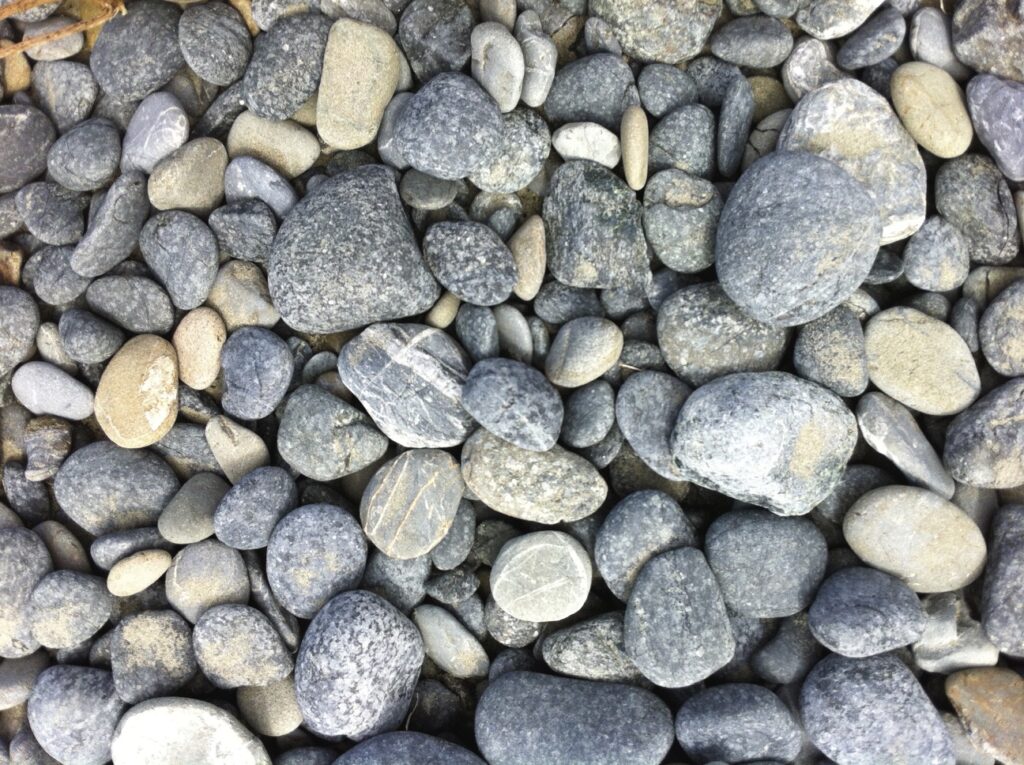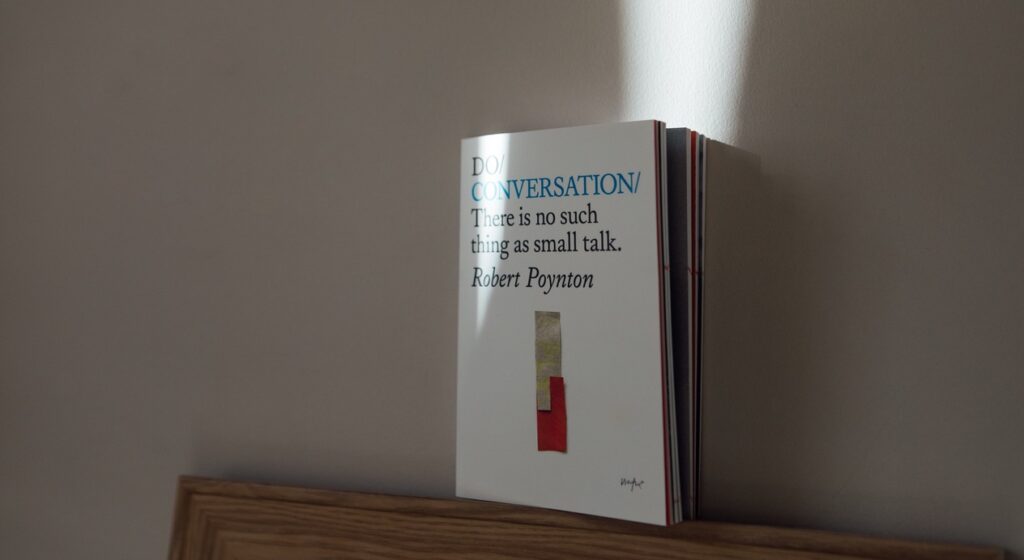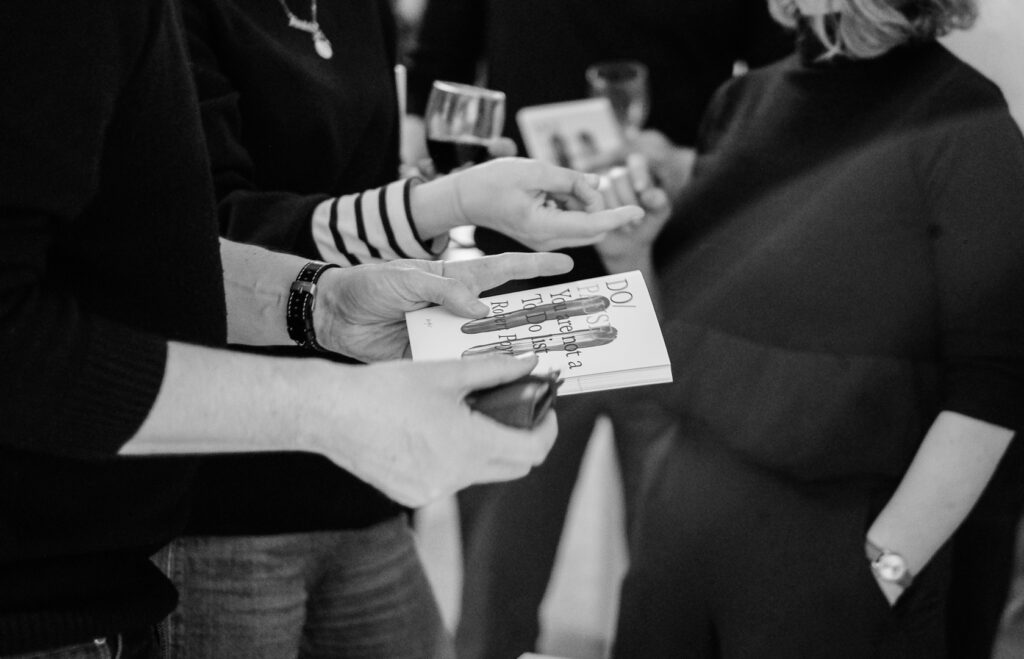Recently, I was working with friend and colleague Marshall Young at Green Templeton College, Oxford. We filled three enormous whiteboards with scribbles, which I always think is a pretty good sign. We were thinking about how conversation works and what the underlying conditions or dimensions (many of them physical) that shape conversation are and what you would seek to vary or manipulate if you are endeavouring to create a series of rich conversations. There’s scale – group, triads, pairs. Duration, or structure in time. Periodicity as well. Iteration is another one (i.e. you can create series of conversations). Space and physical layout, including proximity and position (do you talk to someone next to you, or in front of you, do you stand or sit). There’s constraint (a given topic, or rule or procedure) and stimulus (an input of some kind).
All these things make a difference to the kind of conversation that you have and though they don’t have straightforward, linear effects, you can know that varying them will make a difference, even if you can’t predict what that difference will be. And, to build on an earlier entry, the craft of conversation, at least in a setting like a workshop, lies in combining these elements.
In a way, this is all that improv exercises do as well, though they are fairly extreme forms. An improv form is a structure that conditions the kind of interaction or conversation that is created. What interested us in this was the notion of how you create a rich field for conversation, without dictating where that conversation would go. Rather like hosting a party really – you work on creating the conditions and allow people to flow through the ‘system’ (fuelled by food and drink on a social occasion) and interact as they will.




